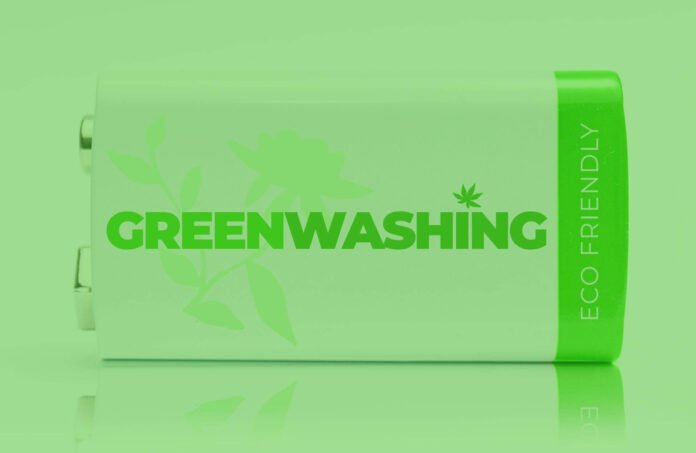Buzzwords like ‘eco-friendly’ and ‘green’ are everywhere, plastered on products from cleaning supplies to lightbulbs. But how can you tell what’s genuinely sustainable and what’s just clever marketing?
Greenwashing is a serious problem. Misleading claims make it difficult for well-intentioned facility managers to make choices in line with their sustainability goals. It’s frustrating and undermines the effort to create greener facilities.
This guide is your greenwashing decoder! We’ll arm you with the knowledge to see past the vague claims and confidently select products that actually make a positive environmental impact.
Greenwashing is a serious problem. Misleading claims make it difficult for well-intentioned facility managers to make choices in line with their sustainability goals.
Greenwashing Toolkit: Spotting the Red Flags
Don’t be fooled by buzzwords and pretty packaging! Here’s how to identify common greenwashing tactics:
- Vague & Unsubstantiated Claims: Watch out for fluffy terms like “natural,” “eco-friendly,” or “planet-conscious.” These mean nothing without specific details. What does “natural” actually mean? What makes the product friendly to the planet? Dig deeper!
- Selective Focus: Does the product boast about being made with recycled materials, but ignore the fact it’s heavily packaged in plastic or shipped long distances? Don’t be distracted by one minor eco-friendly aspect.
- False Certifications: See an unfamiliar “eco-label”? Don’t take it at face value. Research it! Some companies create their own meaningless certifications to look legitimate.
- Misleading Imagery: Fields of flowers, happy bees, and pristine forests don’t guarantee sustainability. Focus on the product itself – its ingredients, how it’s made, and its end-of-life options.
Example: A cleaning product labeled “plant-based” might still contain harmful chemicals, or a “recycled” paper towel roll might be wrapped in excessive plastic.
Remember: True sustainability is about the whole picture, not a single greenwashed element.
How to Verify Sustainability Claims
Buzzwords are cheap, but true sustainability leaves a paper trail. Here’s how to find it:
- Look for Reputable Third-Party Certifications: Focus on well-known certifications like Green Seal, Energy Star, Forest Stewardship Council (FSC), and others. These organizations have rigorous standards and independent verification processes.
- Read the Fine Print: Don’t just scan the front of the package! Check the product’s website or contact the manufacturer for details on:
- Materials: What’s it made of? Are the materials recycled, sustainably sourced, or non-toxic?
- Manufacturing: How energy-efficient is the production process? Does it minimize waste and pollution?
- End-of-Life: Can the product be recycled, composted, or easily repaired?
- Demand Transparency: If information is lacking, contact the manufacturer directly with specific questions. Legitimate companies with solid sustainability practices are usually happy to provide details.
Tip: Create a list of trusted certifications relevant to the products you commonly purchase for your facility.
Beyond the Label: It’s Not Just About the Ingredients
True sustainability goes deeper than catchy labels or certifications. Consider these critical aspects:
- Lifespan and Durability: Will the product last for years, or is it designed to be replaced quickly? A flimsy “eco-friendly” mop that breaks after a few uses negates any potential environmental benefit.
- Repairability: Can the product be easily repaired if something goes wrong? This extends its lifespan and significantly reduces waste compared to buying a whole new item.
- Company-Wide Commitment: Does the company demonstrate a genuine commitment to sustainability across its operations? Look beyond the specific product. Check their website for:
- Sustainability reports or statements
- Initiatives to reduce waste and emissions
- Ethical sourcing practices
Example: A company selling paper products with a recycled content label is a good start, but are they also committed to responsible forestry practices and minimizing their overall environmental footprint?
Being a savvy purchaser is a crucial skill in creating a truly sustainable facility. By seeing through greenwashing, you directly support companies committed to genuine environmental responsibility.
Think you’ve spotted a greenwashing attempt? Share it in the comments, let’s expose it together!
The fight against greenwashing is ongoing, but knowledge is power. Let’s continue to demand better for our facilities and for the planet!











